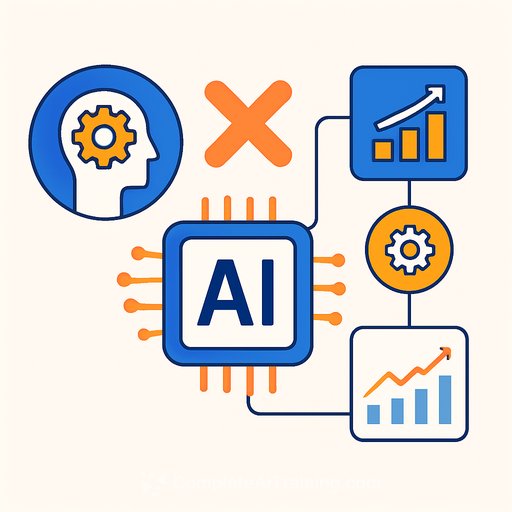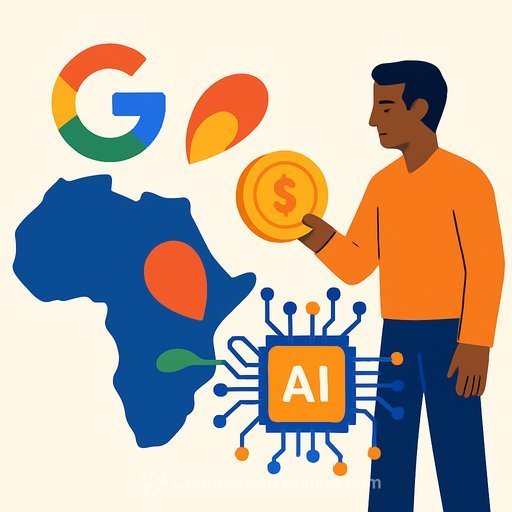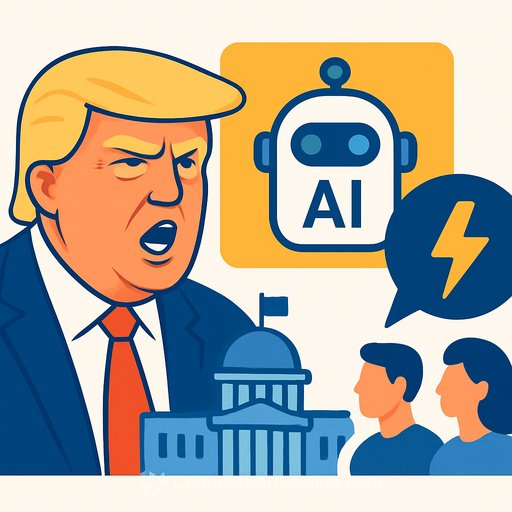Anthropic Proposes Transparency Framework to Safeguard Frontier AI Development
Anthropic has introduced a transparency framework aimed at boosting accountability in the creation of advanced AI models. This initiative targets the largest AI developers, identified by factors like computing power, R&D spending, evaluation performance, and overall cost. The core objective is to set clear standards that improve safety, reduce risks, and enhance public insight into how these powerful AI systems are built and deployed.
Secure Development Frameworks (SDFs)
A key element of the proposal is the implementation of Secure Development Frameworks (SDFs). These would require major AI companies to identify and manage catastrophic risks tied to their models. This includes potential threats such as chemical, biological, or radiological hazards, as well as issues stemming from misaligned autonomous behavior in AI systems. The frameworks are designed to guide companies not only in risk mitigation but also in conducting responsible AI development.
Public Disclosure and Transparency
The framework mandates that AI companies publicly disclose their SDFs via a registered website. This public transparency enables researchers, regulators, and the general public to review safety practices and verify that risk controls are in place. Additionally, companies must publish detailed system cards summarizing model testing, evaluation outcomes, and applied mitigations. These documents must be updated with every model revision or when new capabilities are introduced.
Scope and Exemptions
Smaller developers and startups are exempt from these requirements. The framework focuses on large AI firms whose models carry significant potential for harm due to their scale or resources. This approach aims to avoid imposing heavy regulatory burdens on smaller organizations while concentrating oversight where it matters most.
Enforcement and Compliance
The proposal includes clear enforcement measures. Providing false or misleading information about compliance would be a legal violation. Whistleblower protections would support reporting of violations. Civil penalties could be pursued by the attorney general to uphold the framework’s integrity.
Community Perspectives
- Himanshu Kumar, AI Expert: “Isn't fostering open-source AI development also crucial for safe innovation?”
- Skeptical Observer: “Enforcement by whom? This feels very U.S.-centric. What about Chinese labs or others outside this scope? The whistleblower protections sound nice, but without global reach, it’s just a Band-Aid. Hope they clarify this at the AI Safety Summit!”
Balancing Safety and Innovation
The transparency framework is crafted to balance AI safety with continued innovation. It sets minimum transparency standards without being overly rigid, allowing the industry to adapt as technology advances. By promoting openness, it creates clear accountability for AI developers, helping policymakers and the public distinguish responsible practices from risky ones.
This proposal could lay the groundwork for further regulation if future developments demonstrate a need for more oversight. For IT and development professionals interested in AI safety and policy, understanding these evolving standards is key.
For those looking to expand their expertise in AI and related safety standards, consider exploring relevant courses and resources at Complete AI Training.
Your membership also unlocks:






